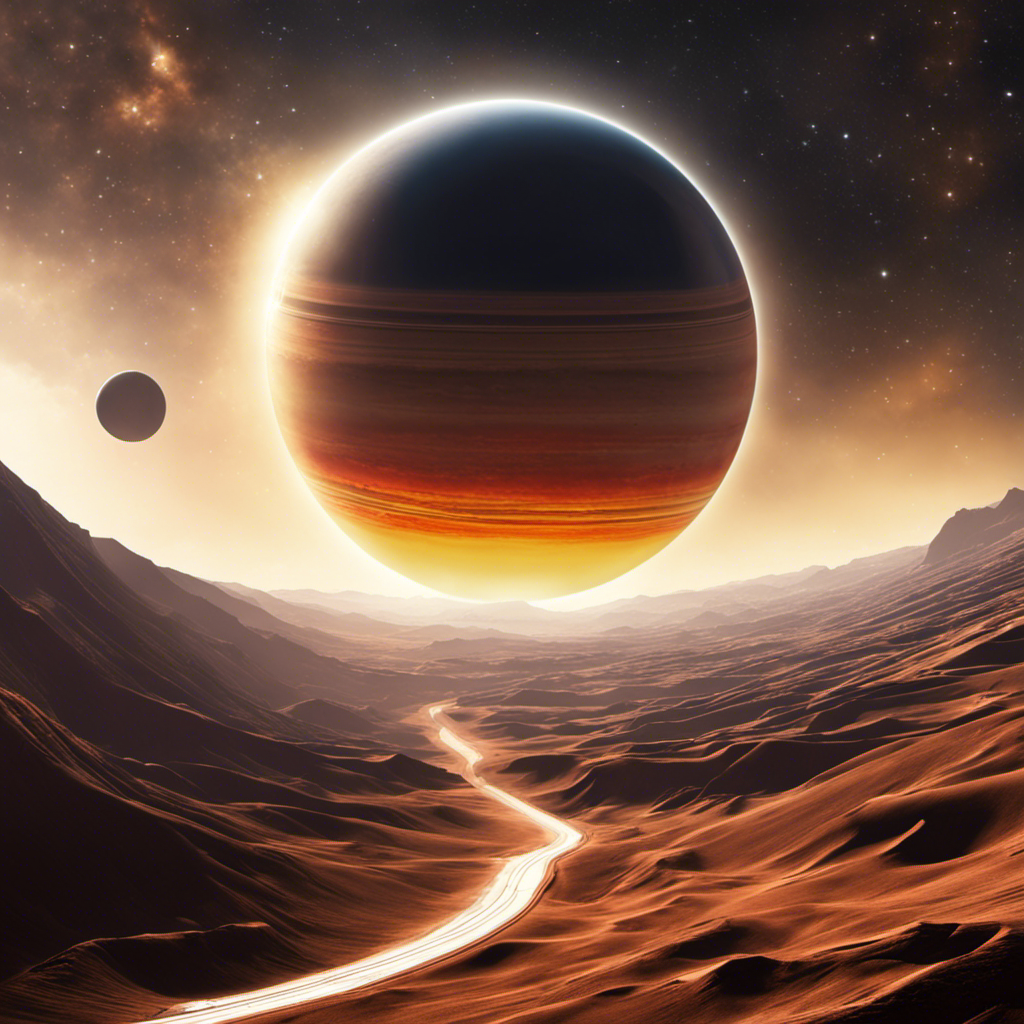
Astronomers have found carbon dioxide (CO2) in the atmosphere of a Saturn-size planet 700 light-years away. The discovery, made by the James Webb Space Telescope, is the first unambiguous detection of the gas in a planet beyond the Solar System and provides clues to how the planet formed. The result also shows just how quickly Webb could identify a spate of other gases that could hint at a planet’s potential habitability for life.
Webb, which started observing in late June, is “ushering in this new era of the atmospheric science of exoplanets,” says Nikku Madhusudhan of the University of Cambridge, who was not involved in the study. “We’re living in revolutionary times.”
Webb’s sensitivity to infrared wave lengths has already brought the universe’s most distant stars and galaxies into view (Science, 12 August, p. 700). But the infrared is also critical for researchers studying worlds much closer to home, in the Milky Way. If an exoplanet’s orbit takes it in front of its star, some of the starlight passes through the planet’s atmosphere and picks up fingerprints of its composition. The atmospheric gases absorb specific wavelengths of light, which show up as dips in brightness when the starlight is spread out into a spectrum.
For many gases of interest, the dips occur at infrared wavelengths, which are mostly blocked by Earth’s atmosphere. The Hubble Space Telescope and its smaller infrared sibling, the Spitzer Space Telescope, have detected water vapor, methane, and carbon monoxide around a few hot, giant exoplanets, but little more. Webb promises to reveal many more gases, and around smaller planets: ones between Neptune and Earth in size, and small rocky Earth-like ones, although it is unlikely to be able to confirm the existence of life.
For its first exoplanet observations, astronomers targeted the hot gas giant WASP-39b, which circles its star every 4 days in an orbit much tighter than Mercury’s. Even in raw data based on a single transit across the star, the spectral dip of CO2 “just popped out,” says Jacob Bean, a member of Webb’s early science team for transiting exoplanets at the University of Chicago. Previous CO2 detections had not held up, but Webb’s spectrum is beyond dispute, he says. It is “the right size, the right shape, and in the right position.”
He and his colleagues reported the results last week on the preprint server arXiv and their paper has been accepted by Nature. In the coming months, the team will identify other dips visible in the planet’s spectrum to “make a complete chemical inventory of its atmosphere,” says team member Laura Kreidberg of the Max Planck Institute for Astronomy.
CO2 is a clue to a planet’s “metallicity.” The big bang produced hydrogen and helium; anything heavier was forged later in stars. Heavy elements are thought to be crucial for creating giant planets. When planets form out of a disk of material around a new star, heavier elements form solid grains and pebbles that stick together, eventually forming a solid core that is massive enough to grow into a gas giant by pulling in gases with its own gravity.
From the CO2 signal of WASP-39b, the team estimates that the planet’s metallicity roughly matches Saturn’s. It is also close to Saturn in mass, even though they have wildly different orbits—perhaps a suggestion that WASP-39b formed farther from its star before drifting inward. “Can we find a common story for these two objects?” Bean says. “I don’t know yet.”
With Webb, finding “important chemicals” will be the norm rather than the exception,” Madhusudhan says. He predicts that when the telescope starts to study cooler, smaller planets, it will turn up surprises—perhaps gases that are known to play a role in biological processes on Earth, such as methane, ammonia, and hydrogen cyanide. “It’s anyone’s guess,” he says. “A whole zoo of chemicals is possible.”
